What Is SkySafari?
SkySafari is a free app that uses augmented reality and a massive historical and knowledge database to allow the user to learn about every star, constellation, and astral body in the sky at all times of day and year, and compare it to what was happening minutes, hours, days, or years ago! I think this counts as an environmental app for place-based learning, especially because stories and legends about the stars and the cosmos are so important to the culture of a place. We see different stars here than people do in Australia, and experience the motion of the planets differently than somebody in Colorado, for instance. The way we see the stars is very specific to place, and learning more about how and why we see them that way is important to understanding the place you’re in.
How to use it for education
There are a ton of tools on this app. Using Compass, the phone’s screen turns into a planetarium, with an overlay of stars and other astral bodies that updates as you turn 360 degrees or change the angle of your phone up toward the sky or down toward the ground. The phone orients to the four compass directions, and uses GPS to locate the phone’s latitude and longitude, as well as the exact local time. At any time of day or night, the user can select any star in the sky that is shown on the app, and not only learn its name and what constellation it’s in, but using the Selection tool will open an information page with everything known about that astral body and its history. The International Space Station, all the planets in our solar system, Pluto, the Sun, and the Moon are also included and have a ton of info available. Using the Time tool, the user can see what was happening in the cosmos at any time over the last several decades. Using these tools, students can explore the ‘night sky’ at any time of day, wherever they are – including in the classroom!
A cool lesson with this app could be using paper cut-outs and string to represent the movement of certain stars or planets over a year. This could apply to art, science, or even English (explaining the principles of astronomy to make sense of Shakespeare’s “star-crossed lovers” maybe?)! In Social Studies, you could have a ‘day at the planetarium’ by dimming the lights in your classroom and using the app to mark the constellations on the wall to link them to Greek and Roman mythology. You could even find some Indigenous stories about the stars and bring those viewpoints into the conversation!
There are some other cool features as well, like the Night setting (switches the phone’s display to all red light for night viewing), the Tonight tool (shows the rising and setting time of planets, satellites, and notable stars coming up that night), and Notifications (pops up when an interesting event like a planetary transit, comet sighting, or ISS visible, is about to happen).
Pros
- Free (although there are pop-ups advertising in-app purchases, these are easily dismissed)
- Cross-platform (Available on Play Store for Android and App Store on Apple devices)
- Versatile, with many tools for students to explore
- Works day and night, any time of year
- Contains seemingly limitless extra information on every visible object in the night sky
- Can go ‘back in time’ using the Time function to understand planet/star movements
- Unlike some stargazing apps, it has the outer planets and Pluto
Cons
- Uses WiFi, but would require data if outside or out of WiFi range
- Does not contain every star in the sky (but has most of the easily-visible ones)
- The download is big, and will take up precious space on students’ devices
- Some pre-knowledge of where to find things will help, but is not really necessary once you start exploring!
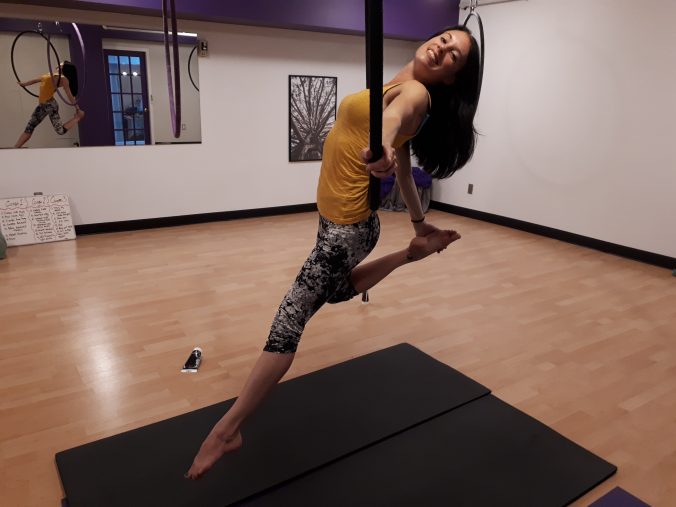

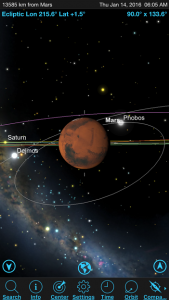
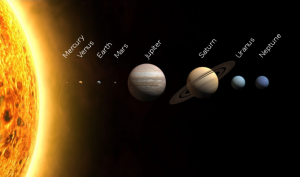


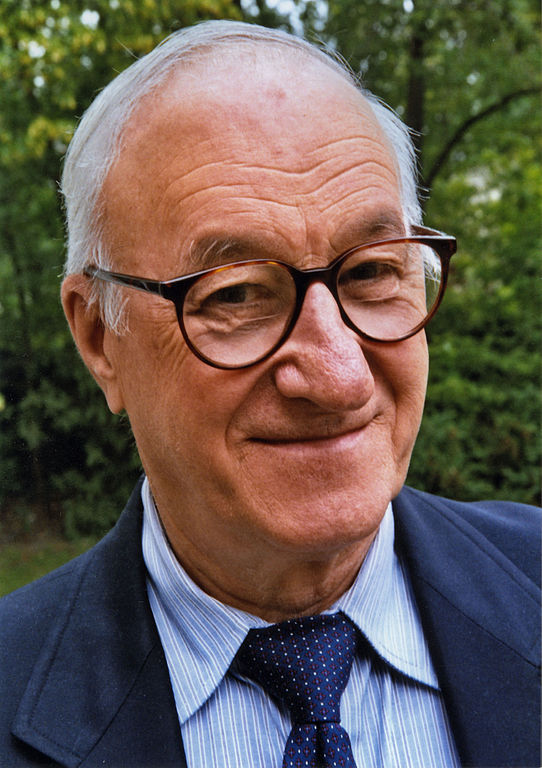
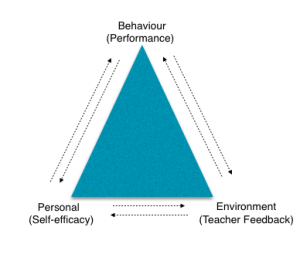

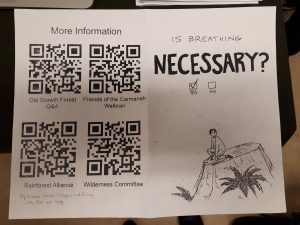
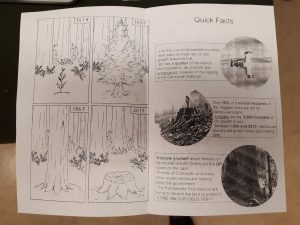

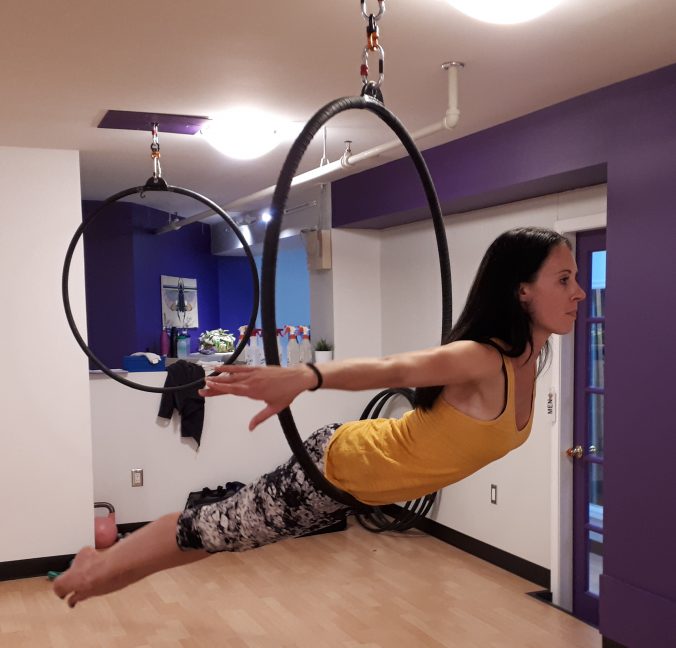
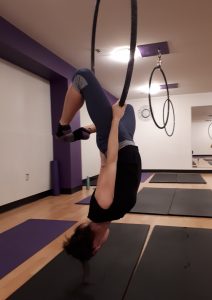
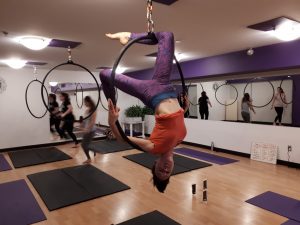
Recent Comments